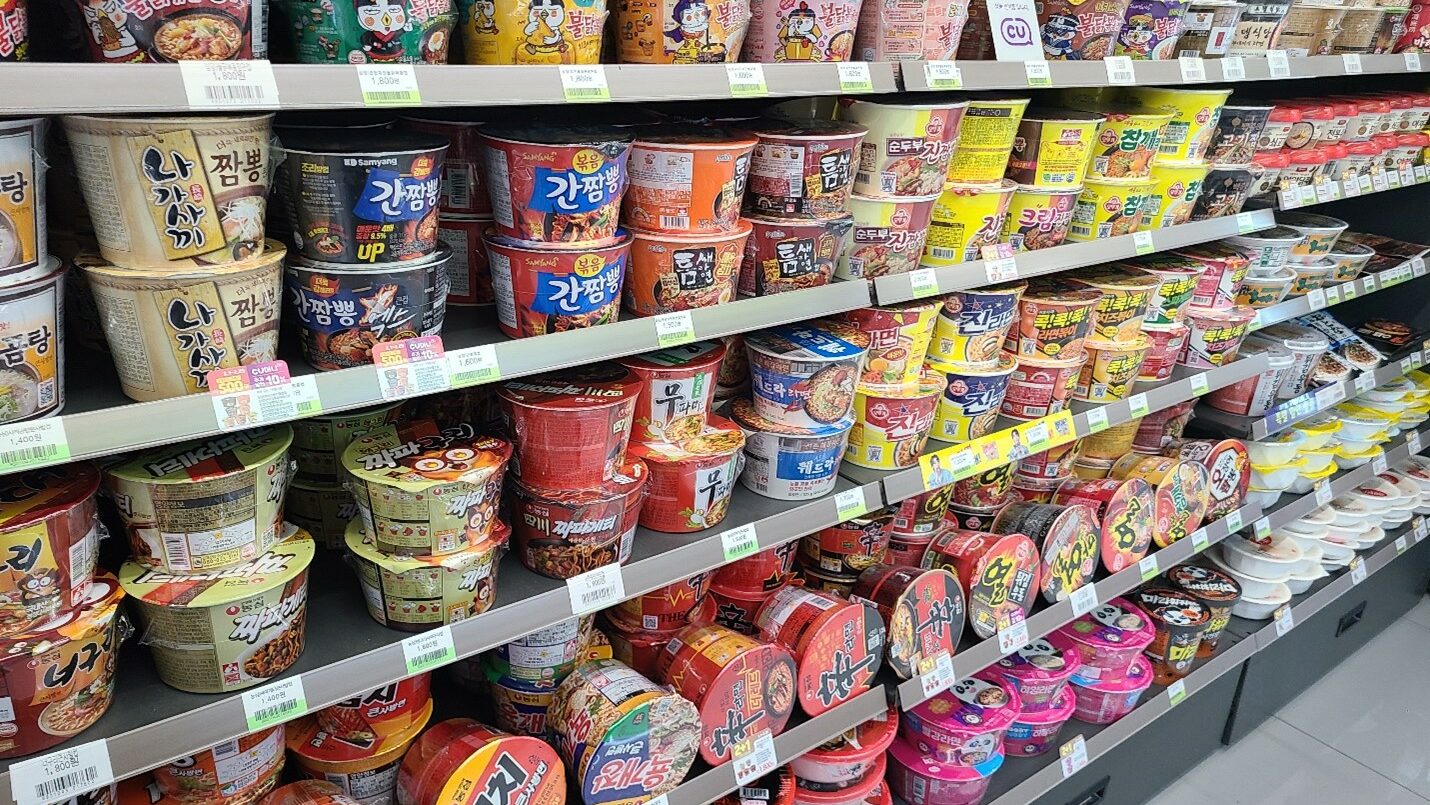South Korean food: everything you need to know

Fifteen years ago, there weren’t many people on this side of the globe who’d tried South Korean food.
In fact, few of us would've even been able to say what typical South Korean food was. Now, though, it's firmly on the culinary map - and for good reason.
South Korean restaurants are in every city, and we all know what kimchi is. At Inside Asia HQ, you'll often catch us reminiscing about our first taste of South Korean barbecue - the thrill of skewering meat with chopsticks, watching it sizzle on the grill, and being floored by the total taste explosion.
But, delicious as these staples are, there's so much more to South Korea's food than BBQ and kimchi. Amid a burgeoning Michelin-star food scene in Seoul, hidden-away street food stalls waiting to blow your socks off, and recipes that've barely changed in generations, South Korean cuisine has some truly must-not-be-missed highlights.
Whether you're planning a trip soon, or just looking to feed your culinary curiosity, here's our guide to everything you need to know about South Korean food.
South Korean food highlights
Korean BBQ

The big one. Thin slices of pork, chicken or beef are marinated in all manner of wondrous sauces and spices – soy sauce, sesame oil, garlic, chili - and presented to you raw. Then it's over to you, the diner, to cook the meat for as long as you desire via a grill that is either built into or placed upon your table. As much about the experience as the incredible flavors, get ready for something hands-on, satisfying, and utterly delicious.
Bulgogi
Bulgogi, meaning ‘fire meat’, is made from thin slices of pork or beef marinated in a mixture of garlic, pepper, sugar, soy sauce and sesame oil. These slices are grilled on a charcoal barbecue and served in a stir fry with sesame seeds and green onions. Simplicity at its best.
Naenmgyeon

For naengmyeon, Koreans serve buckwheat, or potato starch noodles, with eggs and diced vegetables in a chilled, vinegary broth. Unusual as it may sound, this dish is more than the sum of its parts. Eaten in hot weather as a tasty way of cooling down, it's a healthy, quick and filling meal, much-loved by Koreans and any travelers willing to give it a try.
Bibimbap
The pleasing-sounding ‘bibimbap’ is a rice-based dish (‘bap’ is Korean for rice) featuring assorted veggies (‘bibim’). It’s a versatile dish, and can be served with pretty much whatever's in the fridge. Traditionally, though, you'll find bibimbap made with sautéed and seasoned vegetables, a raw egg yolk, and thin slices of beef. Common veggies include cucumber, courgette, radish, mushrooms, soybeans, spinach and cabbage. It makes for a picturesque, healthy bowlful.
Kimchi
Kimchi is a massive part of South Korean cuisine, served as a side dish at almost every meal. Made from salted and fermented cabbage (bear with us!) kimchi is seasoned with garlic, ginger, and ground red pepper. Spicy and flavorsome, it’s also packed with vitamins and good bacteria, so it's good for your health, too.
Fun fact: The average South Korean eats around 40 pounds of kimchi each year. For reference, that's the weight of a gazelle!
Samgye-tang
Some things are universal: when we're not feeling well, we turn to chicken soup. Relied on by poorly Koreans for its nutritional value for centuries, the brothy goodness of samgye-tang contains wholesome ingredients like ginseng, jujubes, sanghwang mushroom and perilla seeds. Koreans love to make and eat this on hot summer days, and use it to fend off things like hayfever.
Budae Jjigae

A relatively new addition to Korean cuisine, budae jjigae translates to ‘army base stew’. After the Korean War (1950-1953), food was scarce. When the US troops headed off home, they left behind supplies of American food – think ham, hot dogs, baked beans, and spam.
The local people made use of the leftovers: adding kimchi and onions to turn the whole thing into a tasty stew. The popularity of the dish still stands, with today’s ingredients including bacon, sausage, macaroni, ground beef, mozzarella, peppers and mushrooms. It's admittedly not the healthiest entry on this list, but it's pretty delicious.
Tteokbokki
Spicy rice cakes, tteokbokki are one of South Korea’s most popular street food snacks. Rather than rice grains, tteeokbokki is made up of many long, cylindrical rice cakes, which sit in a sweet chili sauce. In the streets, stalls will sell these rice cakes on their own. In restaurants, though, expect to receive extras like fish cakes, seafood, ribs and noodles.
Hotteok
Another street food, hotteok is a pancake-like snack with a sweet filling, made from a dough consisting of wheat flour, water, yeast, milk, and sugar. Particularly popular in the winter months, hotteok is another of South Korea’s best-loved street foods, introduced to the country by Chinese migrants in the early 20th century. While mostly sweet, savory versions of this treat are available, with flavors including cheese, kimchi, and bulgogi - and you know what those things are now!
Pajeon

Another pancake-adjacent snack, pajeon uses green onions as its main ingredient. Locals whip up a batter of eggs, wheat and flour, before pouring it over green onions in a hot pan. If there's leftover veg lying around, it could be added to the pajeon - but it's also delicious just as it is.
Fun fact: South Koreans love pajeon, especially when it rains - and sales rocket whenever it pours. One theory is that the sound of the rain reminds people of the crackle as they fry their pajeon.




